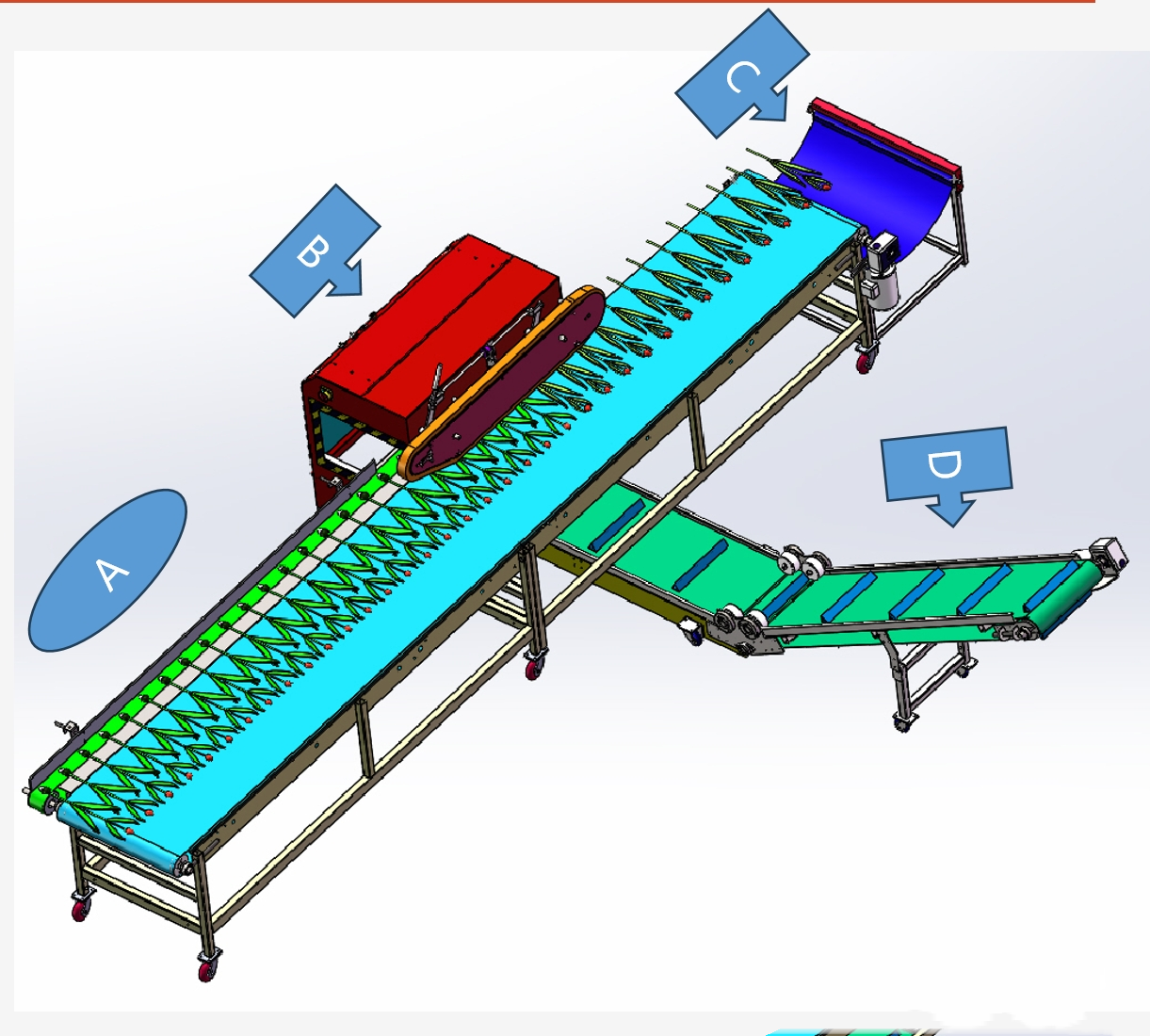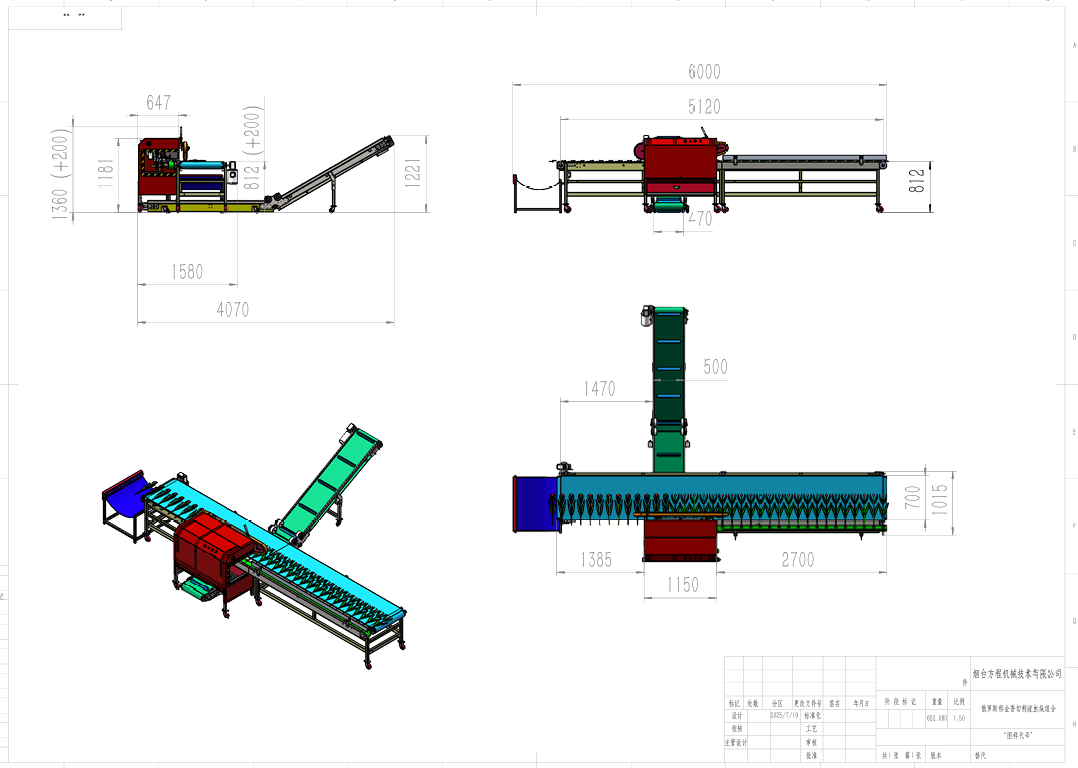Tulips are a popular and precious flower variety, widely cultivated in the Netherlands, Russia, and Central and South America.
After harvesting, tulips must undergo processing before shipment. The main steps include cutting off the bulbs, removing defective leaves, bundling them into bunches, and packaging them according to customer requirements.
Most cultivation units currently rely on manual labor to complete these tasks, resulting in high labor costs and low efficiency. Since the tulip harvesting period is short and concentrated between October and March of the following year, cultivation units urgently require simple and practical mechanized processing solutions.
Some companies in the Netherlands have introduced mechanized tulip processing systems; however, these are complex and costly, making them suitable only for large-scale tulip cultivation enterprises and difficult to apply in small and medium-sized units.
To address this, Yantai Fangcheng Mechinery Technology Co., Ltd. has developed a new Tulip Bulb Cutting, Bunching, and Bundling Assembly Line. It continuously performs bulb cutting, bunching, and bundling, featuring a simple structure and high efficiency, making it ideal for small and medium-sized cultivation units.
The equipment consists of two main parts: the host machine and the bundling machine. One or two operators stand on the right side of the host machine and place tulips onto the conveyor belt one by one, with a spacing of approximately 100 mm.
The host machine is equipped with a circular saw blade cutter. As the tulips pass through the cutter on the conveyor belt, the saw blade cuts off the bulbs, which fall into a collection basket below.
The stems, after bulb removal, move through a bunching device and fall into the V-shaped grooves on the conveyor belt of the bundling machine. The number of stems per bundle can be set by the user, ranging from 5 to 30. When the set number is reached, the bunching device pauses, and the bundling machine activates.
The bundling machine is equipped with an elastic rope tying mechanism. When the flower bundles in the V-shaped grooves pass through the tying mechanism, it triggers the tying action. After bundling, the bundling machine pauses, and the bunching device restarts.
One or two tying mechanisms can be selected to apply one or two ties per bundle.
On the left side of the bundling machine, there is a approximately 2-meter-long section where an operator can perform tasks such as bagging or other packaging.
An optional discharge conveyor can be installed below the cutter to transport the cut bulbs to a higher level and deposit them into larger collection baskets.
As shown in Figure 1 below.

Figure 1: Tulip Bulb Cutting, Bunching, and Bundling Assembly Line
The speed of the host machine can be steplessly adjusted to accommodate different working rhythms, with a maximum processing capacity of 5,800 stems per hour.
The entire machine weighs approximately 900 kg, and its dimensions are shown in Figure 2 below:

Figure 2: Dimension Diagram of Tulip Bulb Cutting Assembly Line
Baoqing Li
Dep. of Technology
baoqing@equationtec.com